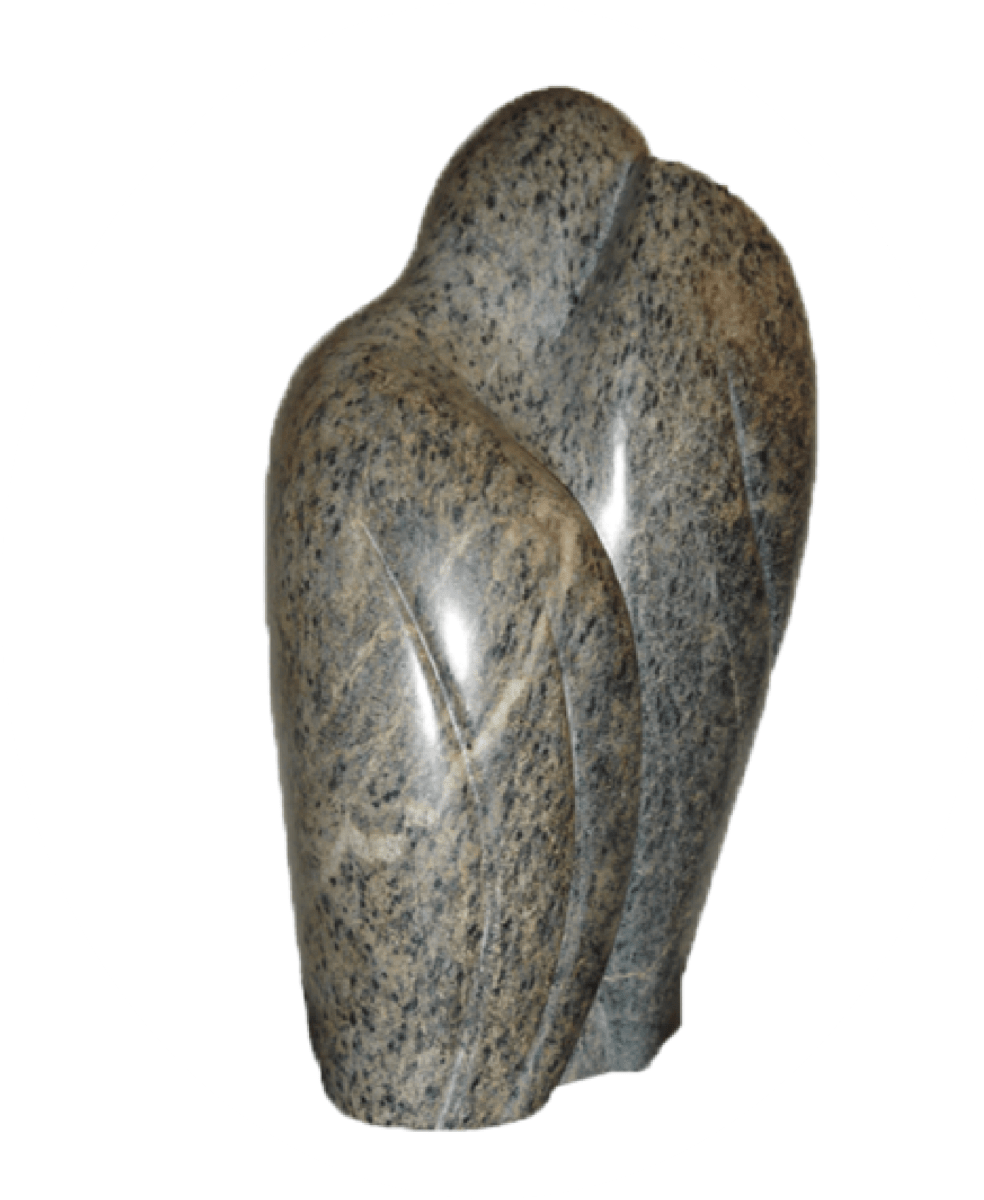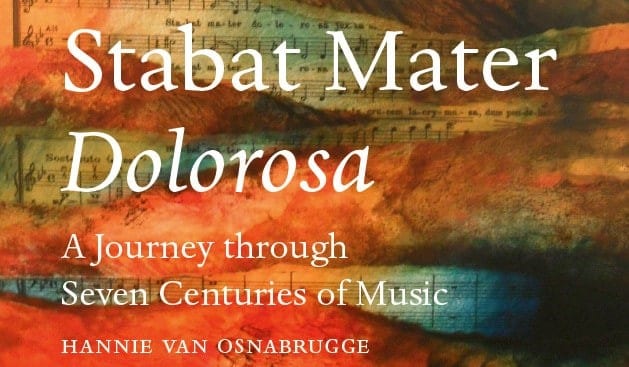Onutė Narbutaitė
About the composer
Onutė Narbutaitė was born in Vilnius, Lithuania, in 1956, into a family of a musicologist, Onutė Narbutienė, and a geologist, Vytautas Narbutas. She acquired the basics of composition at the National M. K. Čiurlionis School of Art and graduated in 1979 from the Lithuanian State Conservatory, where she studied composition. From 1979 to 1982, she imparted her knowledge as a music theory and history teacher at the Klaipėda Faculty of the Lithuanian State Conservatory. Since then, she has been working as a freelance composer based in Vilnius.
Her talent has garnered many prestigious commissions from notable organisations like the Helsinki Festival, the Seattle Chamber Players, and the Kronos Quartet, among others. Her compositions have been brought to life by esteemed ensembles such as the Lithuanian National Symphony Orchestra, BBC Symphony Orchestra, and Arditti Quartet, captivating audiences in various European countries, the USA, Canada, and South Korea.
The Lithuanian Composers’ Union bestowed recognition upon her for her exceptional orchestral compositions, namely Symphony Nr.2 (2001) and Tres Dei Matris Symphoniae (2004), considering them as the best works of the year.
Her opus showcases a rich diversity, with notable examples including Centones (Patchwork for my city), a piece for two soloists, choir, and orchestra (1997), and Cornet (Kornetas), an opera for nine soloists, choir, and orchestra (2012). A comprehensive list of her numerous printed compositions can be found at https://www.mic.lt/en/database/classical/composers/narbutaite/
Narbutaitė develops a very personal musical language with intellectualism and strong compositional discipline, expressive instrumentation and suggestive melodic writing. Her aural imagery correlates with a great number of cultural reminiscences in her music. The effect is of hearing something both deeply familiar and eternally new, rich material for personal contemplation.
About the Stabat Mater
| Date: | 2003 |
| Performers: | Mixed choir and orchestra |
| Length: | 18.16 minutes |
| Particulars: | Symphonia tertia. Mater Dolorosa is the fourth part of Tres Dei Matris Symphoniae (Three Symphonies of the Mother of God), where the choir, although entrusted with a significant role, is just one of many voices. Mater Dolorosa begins hesitantly with bowed percussion and plodding strings, punctuated by short brass notes. More angular material follows, introducing the setting of the Stabat Mater. This symphony mirrors the various moods suggested by the words, concluding with a beautiful and appeased coda. |
| Textual variations: | All twenty stanzas are sung. |
| Colour bar: |
|
Information about the recording
| CD: | Tres Dei Matris Symphoniae Naxos, Product ID: 8.572295 (2011) |
| More info: | Live recording in the Lithuanian National Philharmonic Hall, Vilnius, 14 June 2008. |
| Orchestra: | Lithuanian National Symphony Orchestra |
| Choir: | Kaunas State Choir and Aidija Chamber Choir |
| Conductor: | Robertas Šervenikas |
| Other works: | Introitus |
| Code: | NARB-01 |





